Broxdryl Junior Syrup 60 ml


MRP ₹75
(Inclusive of all Taxes)
₹11.3 Cashback (15%)
Provide Delivery Location
Online payment accepted
 Prescription drug
Prescription drugWhats That
Manufacturer/Marketer :
Consume Type :
Return Policy :
Expires on or after :
About Broxdryl Junior Syrup
Broxdryl Junior Syrup belongs to a class of medication called 'cough and cold preparations' primarily used to treat dry cough. Coughing (dry or productive) is a body's way of clearing irritants (like allergens, mucus, or smoke) from airways and preventing infection. There are two types of coughs, namely: dry cough and chesty cough. A dry cough is tickly and doesn't produce any vicious or thick mucus, while a chesty cough (wet cough) means mucous or sputum is produced to help clear the airways.
Broxdryl Junior Syrup is a combination of three drugs, namely: Chlorpheniramine maleate (antihistamine), Phenylephrine hydrochloride (decongestant), and Dextromethorphan hydrobromide (cough suppressant). Chlorpheniramine maleate works by blocking the action of histamine, a substance responsible for causing allergic reactions. Phenylephrine hydrochloride helps in shrinking the blood vessels located in the nasal passage, thereby reducing the stuffy nose. Dextromethorphan hydrobromide works by blocking the transmission of nerve signals from the cough centre in the brain to the muscles that produce cough. Together, it helps to provide relief from cough.
Take Broxdryl Junior Syrup as prescribed. Your doctor will recommend how often you need to take Broxdryl Junior Syrup based on your medical condition. Some people may experience dry mouth, throat or nose, drowsiness, blurred vision, constipation, dizziness, restlessness, or excitation. Most of these side effects of Broxdryl Junior Syrup do not require medical attention and gradually resolve over time. However, if the side effects persist or worsen, please consult your doctor.
If you are pregnant or breastfeeding, it is advised to inform your doctor before using Broxdryl Junior Syrup. Broxdryl Junior Syrup is not recommended for children below 12 years of age. If you are about to undergo any medical tests or surgery, please inform your doctor that you are taking Broxdryl Junior Syrup. Avoid using Broxdryl Junior Syrup if you have taken monoamine oxidase inhibitors in the past 14 days. If you have glaucoma, urinary problems, enlarged prostate, phenylketonuria (a congenital disability that causes accumulation of amino acid, or phenylalanine in the body), cough with mucus or cough caused by asthma, smoking, chronic bronchitis or emphysema (a lung condition causing shortness of breath), inform your doctor before taking Broxdryl Junior Syrup.
Uses of Broxdryl Junior Syrup
Directions for Use
Medicinal Benefits
Broxdryl Junior Syrup contains Chlorpheniramine maleate, Phenylephrine hydrochloride, and Dextromethorphan hydrobromide used to treat dry cough. Chlorpheniramine maleate works by blocking the action of histamine, a substance responsible for causing allergic reactions. It helps provide relief from allergy symptoms such as sneezing, running nose, watery eyes, itching, swelling, congestion, or stiffness. Phenylephrine hydrochloride is a decongestant that helps in shrinking the blood vessels located in the nasal passage, thereby reducing the stuffy nose. Dextromethorphan hydrobromide works by blocking the transmission of nerve signals from the cough centre in the brain to the muscles that produce cough. Thus, Broxdryl Junior Syrup helps to relieve cough, cold and allergic symptoms.
Storage
- Get enough sleep. Maintain a regular sleep cycle.
- Eat a healthy diet and exercise regularly.
- Manage stress with yoga or meditation.
- Limit alcohol and caffeine.
- Avoid driving or operating machinery unless you are alert.
- Avoid driving or operating machinery or activities that require high focus until you know how the medication affects you.
- Maintain a fixed sleeping schedule, create a relaxing bedtime routine and ensure your sleeping space is comfortable to maximize your sleep quality.
- Limit alcohol and caffeine as these may worsen drowsiness and disturb sleep patterns.
- Drink plenty of water as it helps with alertness and keeps you hydrated and for overall well-being.
- Moderate physical activity can improve energy levels, but avoid intense workouts right before bedtime.
- Try to get 7-9 hours of sleep per night.
- Maintain a fixed sleeping schedule, create a relaxing bedtime routine and ensure your sleeping space is cool, quiet and dark to maximize your sleep quality.
- Get plenty of sunlight in the morning.
- Do moderate-intensity exercises most days of the week and avoid strenuous exercise close to bedtime.
- Limit processed foods and sugary drinks.
- Avoid caffeine late in the day and drink in moderation in the morning.
- Take short nap (20 to 30 minutes) mid-afternoon if required.
- Inform your doctor about dry mouth symptoms. They may adjust your medication regimen or prescribe additional medications to manage symptoms.
- Drink plenty of water throughout the day to help keep your mouth moist and alleviate dry mouth symptoms.
- Chew sugar-free gum or candies to increase saliva production and keep your mouth moisturized.
- Use saliva substitutes, such as mouthwashes or sprays, only if your doctor advises them to help moisturize your mouth and alleviate dry mouth symptoms.
- Avoid consuming smoking, alcohol, spicy or acidic foods, and other irritants that may aggravate dry mouth symptoms.
- Schedule regular dental check-ups to keep track of your oral health and handle any dry mouth issues as they arise.
Drug Warnings
If you are allergic to Broxdryl Junior Syrup or any other medicines, please tell your doctor. If you are pregnant or breastfeeding, it is advised to inform your doctor before using Broxdryl Junior Syrup. Broxdryl Junior Syrup is not recommended for children below 12 years of age. If you are about to undergo any medical tests or surgery, please inform your doctor that you are taking Broxdryl Junior Syrup. Avoid taking Broxdryl Junior Syrup if you have taken medicines such as linezolid, phenelzine, selegiline, rasagiline, isocarboxazid, tranylcypromine and methylene blue injection in the past 14 days. If you have glaucoma, urinary problems, enlarged prostate, phenylketonuria (a birth defect that causes accumulation of amino acid, phenylalanine in the body), cough with mucus or cough caused by asthma, smoking, chronic bronchitis or emphysema (a lung condition causing shortness of breath), inform your doctor before taking Broxdryl Junior Syrup.
Drug-Drug Interactions
Drug-Drug Interactions
Login/Sign Up
Co-administration of Broxdryl Junior Syrup 60 ml and Selegiline may increase the risk of serotonin syndrome (a condition in which a chemical called serotonin builds up in your body).
How to manage the interaction:
Co-administration of Selegiline with Broxdryl Junior Syrup 60 ml can possibly result in an interaction, but it can be taken if a doctor has advised it. If you notice any of these symptoms - confusion, hallucination, fits, increased heart rate, fever, excessive sweating, shivering, shaking, blurred vision, muscle spasm, stiffness, incoordination, stomach cramps, nausea, vomiting, or diarrhea - make sure to contact a doctor right away. Do not stop using any medications without talking to a doctor.
Taking Tranylcypromine with Broxdryl Junior Syrup 60 ml can increase the risk of serotonin syndrome (a condition in which a chemical called serotonin increases in your body).
How to manage the interaction:
Taking Broxdryl Junior Syrup 60 ml with Tranylcypromine is not recommended, but can be taken together if prescribed by a doctor. However, consult a doctor if you experience confusion, hallucination(seeing and hearing things that do not exist), fit blood pressure alteration, increased heart rate, fever, excessive sweating, shivering or shaking, blurred vision, pain in the muscles or stiffness, incoordination, stomach cramps, nausea, vomiting, and diarrhea. Do not discontinue any medications without consulting a doctor.
Co-administration of Phenelzine and Broxdryl Junior Syrup 60 ml can increase the risk of serotonin syndrome (A condition in which a chemical called serotonin builds up in your body).
How to manage the interaction:
Co-administration of Phenelzine and Broxdryl Junior Syrup 60 ml can lead to an interaction. However, if you experience any symptoms like confusion, hallucination, seizure, changes in blood pressure, increased heart rate, fever, excessive sweating, shivering or shaking, blurred vision, muscle stiffness, tremors, stomach cramps, nausea, vomiting, and diarrhea, consult a doctor immediately. Do not stop using any medications without a doctor's advice.
Co-administration of Isocarboxazid with Broxdryl Junior Syrup 60 ml can increase the risk of serotonin syndrome (A condition in which a chemical called serotonin builds up in your body).
How to manage the interaction:
Taking Broxdryl Junior Syrup 60 ml and Isocarboxazid can lead to an interaction. However, if you experience any symptoms like confusion, hallucination, seizure, changes in blood pressure, increased heart rate, fever, excessive sweating, shivering or shaking, blurred vision, muscle stiffness, tremors, stomach cramps, nausea, vomiting, and diarrhea, consult a doctor immediately. Do not stop using any medications without a doctor's advice.
Co-administration of Pargyline and Broxdryl Junior Syrup 60 ml can increase the risk of serotonin syndrome (A condition in which a chemical called serotonin builds up in your body).
How to manage the interaction:
Co-administration of Broxdryl Junior Syrup 60 ml and Pargyline can lead to an interaction. However, if you experience any symptoms like confusion, hallucination, seizure, changes in blood pressure, increased heart rate, fever, excessive sweating, shivering or shaking, blurred vision, muscle stiffness, tremors, stomach cramps, nausea, vomiting, and diarrhea, consult a doctor immediately. Do not stop using any medications without a doctor's advice.
Co-administration of Broxdryl Junior Syrup 60 ml and Procarbazine may increase the risk of serotonin syndrome (a condition in which a chemical called serotonin builds up in your body).
How to manage the interaction:
Co-administration of Procarbazine with Broxdryl Junior Syrup 60 ml can possibly result in an interaction, but it can be taken if a doctor has advised it. If you notice any of these symptoms - confusion, hallucination, seizure, increased heart rate, fever, excessive sweating, shivering, shaking, blurred vision, muscle spasm, stiffness, incoordination, stomach cramps, nausea, vomiting, or diarrhea - make sure to contact a doctor right away. Do not stop using any medications without talking to a doctor.
Taking Rasagiline with Broxdryl Junior Syrup 60 ml can increase the risk of serotonin syndrome (A condition in which a chemical called serotonin increase in your body).
How to manage the interaction:
Taking Broxdryl Junior Syrup 60 ml with Rasagiline is not recommended as it can possibly result in an interaction, it can be taken if a doctor has advised it. If you notice any of these symptoms like confusion, hallucination, fits, extreme changes in blood pressure, increased heart rate, fever, excessive sweating, shivering or shaking, blurred vision, muscle spasm or stiffness, shaking, incoordination, stomach cramps, nausea, vomiting, and diarrhea, consult a doctor. Do not discontinue any medications without consulting a doctor.
Taking Broxdryl Junior Syrup 60 ml with Propofol may lead to increased levels of Broxdryl Junior Syrup 60 ml leading to side effects like high blood pressure.
How to manage the interaction:
Taking Broxdryl Junior Syrup 60 ml with Propofol is not recommended, but it can be taken if prescribed by the doctor. Do not discontinue the medications without consulting a doctor.
Taking Furazolidone with Broxdryl Junior Syrup 60 ml can cause an increase in high blood pressure.
How to manage the interaction:
Taking Furazolidone with Broxdryl Junior Syrup 60 ml is not recommended, it can be taken if prescribed by the doctor. However, if you experience sudden and severe headache, blurred vision, confusion, seizures, chest pain, nausea or vomiting, sweating, lightheadedness, fainting, sudden numbness or weakness (especially on one side of the body), speech difficulties, fever, consult the doctor immediately. It is advised to use Broxdryl Junior Syrup 60 ml only after 14 days of stopping Furazolidone.
Co-administration of Broxdryl Junior Syrup 60 ml with Sevoflurane can increase the levels of Broxdryl Junior Syrup 60 ml and lead to side effects.
How to manage the interaction:
Taking Broxdryl Junior Syrup 60 ml with Sevoflurane is not recommended, it can be taken if prescribed by the doctor. Do not discontinue the medications without consulting a doctor.
Drug-Food Interactions
Drug-Food Interactions
Login/Sign Up
Diet & Lifestyle Advise
- Avoid dairy products such as milk as it may increase mucus production. Also, avoid processed or refined foods.
- Drink plenty of fluids to avoid a dry throat while you have a cough. It also helps loosen mucus.
- Avoid citrus fruits as they may worsen the cough. Eat fruits rich in water content, such as pears, watermelon, peaches and pineapples.
Side Effects of Broxdryl Junior Syrup
- Dry mouth, throat or nose
- Drowsiness
- Dizziness
- Blurred vision
- Headache
- Constipation
- Restlessness or excitation
- Loss of appetite
Habit Forming
Therapeutic Class
All Substitutes & Brand Comparisons
RX
Apollo Pharmacy Coughchoice-D Syrup, 100 ml
Apollo Healthco Limited
₹63.5
(₹0.57/ 1ml)
49% CHEAPERRX
Out of StockAnutus-D Syrup 100 ml
Anuveda Life Sciences Pvt Ltd
₹82
(₹0.74/ 1ml)
34% CHEAPERRX
Bohex DM Butter Scotch Flavour Syrup 60 ml
Stelios Pharmaceuticals Llp
₹50.5
(₹0.76/ 1ml)
32% CHEAPER
Product Substitutes
Author Details
We provide you with authentic, trustworthy and relevant information
Drug-Diseases Interactions
Drug-Diseases Interactions
Login/Sign Up
FAQs
Broxdryl Junior Syrup contains Chlorpheniramine maleate, Phenylephrine hydrochloride, and Dextromethorphan hydrobromide. Chlorpheniramine maleate works by blocking the action of histamine, a substance responsible for causing allergic reactions. Phenylephrine hydrochloride helps in shrinking the blood vessels located in the nasal passage, thereby reducing the stuffy nose. Dextromethorphan hydrobromide works by blocking the transmission of nerve signals from the cough centre in the brain to the muscles that produce cough.
Consult your doctor before taking Broxdryl Junior Syrup if you need to undergo surgery as it may lead to excessive drowsiness and sleepiness when given along with anaesthesia. Your doctor may advise you to stop taking Broxdryl Junior Syrup 72 hours prior to the surgery.
It is not recommended to take Broxdryl Junior Syrup along with any anti-depressant medication, especially MAO inhibitors (linezolid, phenelzine, selegiline, rasagiline, isocarboxazid, tranylcypromine), as it may lead to unpleasant side-effects or drug interaction. Also, Broxdryl Junior Syrup should be taken at least 14days after your last dose of anti-depressants.
Take the missed dose as soon as you remember. However, if it is almost time for your next dose, wait until then to take Broxdryl Junior Syrup and skip the missed dose. Do not take extra medicine to make up for the missed dose.
Broxdryl Junior Syrup may rarely worsen the symptoms of glaucoma. Therefore, Broxdryl Junior Syrup should be used with caution and only when prescribed by a doctor in patients with glaucoma.
Drug-Drug Interactions Checker List
- DIPHENHYDRAMINE
- ESCITALOPRAM
- DESVENLAFAXINE
- VILAZODONE
- ASPIRIN
- ACETAMINOPHEN
- AMOXICILLIN
- LINEZOLID
- PHENELZINE
- SELEGILINE
- RASAGILINE
- ISOCARBOXAZID
- TRANYLCYPROMINE
- METOPROLOL
- ATENOLOL
- CARISOPRODOL
- CYCLOBENZAPRINE
Special Advise
- Talk to your doctor if your symptoms do not improve even after taking Broxdryl Junior Syrup for 7 days.
- Contact a doctor immediately if you develop fever, rash or headaches after taking Broxdryl Junior Syrup.
Disease/Condition Glossary
Cough: Coughing is a body's way of clearing irritants (like allergens, mucus, or smoke) from airways and preventing infection. Coughs may be dry or productive. A productive cough (wet cough) brings up sputum (phlegm, mucus, and other matter) from the lungs. Cough is commonly caused as a response to allergy or viral infection but coughing up mucus is possibly an infection in the respiratory tract. If you are coughing thick, solid white mucus, you may have a bacterial infection in the airways. If the mucus is clear or light-coloured, you may have allergies or a minor infection in the respiratory tract, and yellow or green mucus indicates a respiratory infection.

Have a query?
Buy best Respiratory System products by
Cipla Ltd
Lupin Ltd
Glenmark Pharmaceuticals Ltd
Sun Pharmaceutical Industries Ltd
Alkem Laboratories Ltd
Macleods Pharmaceuticals Ltd
Mankind Pharma Pvt Ltd
Zydus Healthcare Ltd
Leeford Healthcare Ltd
Dr Reddy's Laboratories Ltd
Zydus Cadila
Abbott India Ltd
Intas Pharmaceuticals Ltd
Alembic Pharmaceuticals Ltd
German Remedies Ltd
Centaur Pharmaceuticals Pvt Ltd
Ipca Laboratories Ltd
Aristo Pharmaceuticals Pvt Ltd
Pristine Pearl Pharma Pvt Ltd
Wockhardt Ltd
GlaxoSmithKline Pharmaceuticals Ltd
Zuventus Healthcare Ltd
Koye Pharmaceuticals Pvt Ltd
Micro Labs Ltd
Blue Cross Laboratories Pvt Ltd
Medishri Healthcare Pvt Ltd
Med Manor Organics Pvt Ltd
Indiabulls Pharmaceuticals Pvt Ltd
Adonis Laboratories Pvt Ltd
FDC Ltd
Fourrts India Laboratories Pvt Ltd
Tablets India Ltd
J B Chemicals & Pharmaceuticals Ltd
Shreya Life Sciences Pvt Ltd
Divine Savior Pvt Ltd
Indoco Remedies Ltd
Seagull Pharmaceutical Pvt Ltd
Yash Pharma Laboratories Pvt Ltd
Torque Pharmaceuticals Pvt Ltd
Uniza Healthcare Llp
Wings Pharmacuticals Pvt Ltd
Biological E Ltd
Corona Remedies Pvt Ltd
Icarus Health Care Pvt Ltd
Steris Healthcare
Apex Laboratories Pvt Ltd
Geno Pharmaceuticals Pvt Ltd
Navil Laboratories Pvt Ltd
Precept Pharma
Aar Ess Remedies Pvt Ltd
La Renon Healthcare Pvt Ltd
Torrent Pharmaceuticals Ltd
Astra Zeneca Pharma India Ltd
Biochem Pharmaceutical Industries Ltd
Comed Chemicals Ltd
Entod Pharmaceuticals Ltd
Franco Indian Pharmaceuticals Pvt Ltd
Healthgate Pvt Ltd
Intra Life Pvt Ltd
Megma Healthcare Pvt Ltd
Pfizer Ltd
RPG Life Sciences Ltd
Unipark Biotech Pvt Ltd
Votary Laboratories (India) Ltd
Wanbury Ltd
Brinton Pharmaceuticals Ltd
Dolvis Bio Pharma Pvt Ltd
Eisen Pharmaceutical Co Pvt Ltd
Group Pharmaceuticals Ltd
Knoll Pharmaceuticals Ltd
Morepen Laboratories Ltd
Panacea Biotec Ltd
Prevego Healthcare & Research Pvt Ltd
Rnd Laboratories Pvt Ltd
Sanatra Healthcare Ltd
Skn Organics Pvt Ltd
Stedman Pharmaceuticals Pvt Ltd
Thuyam Life Pvt Ltd
Timon Pharmaceuticals Pvt Ltd
Aglowmed Pharmaceuticals Ltd
Ajanta Pharma Ltd
Alniche Life Sciences Pvt Ltd
Bio Warriors Pharmaceucticals Pvt Ltd
Biochemix Health Care Pvt Ltd
Cadila Healthcare Ltd
Cadila Pharmaceuticals Ltd
Caplet India Pvt Ltd
Chemo Healthcare Pvt Ltd
Delcure Life Sciences Ltd
East West Pharma India Pvt Ltd
Elder Pharmaceuticals Ltd
Embiotic Laboratories (P) Ltd
Emcee Pharmaceuticals (P) Ltd
Foregen Healthcare Ltd
Hetero Healthcare Pvt Ltd
Incite Pharmaceuticals
Iva Healthcare Pvt Ltd
Kepler Healthcare Pvt Ltd
Kristal Pharmaceuticals
Lincoln Pharmaceuticals Ltd
Alcohol
Caution
Avoid consumption of alcohol with Broxdryl Junior Syrup as it may increase drowsiness. Please consult a doctor before consuming alcohol with Broxdryl Junior Syrup.
Pregnancy
Caution
The safety of Broxdryl Junior Syrup in pregnant women is unknown. Consult your doctor if you have any concerns; your doctor will prescribe only if the benefits outweigh the risks.
Breast Feeding
Caution
It is unknown whether Broxdryl Junior Syrup is excreted in human milk. Consult your doctor if you have any concerns; your doctor will decide if Broxdryl Junior Syrup can be taken by breastfeeding mothers or not.
Driving
Caution
Broxdryl Junior Syrup may cause dizziness or drowsiness in some people. Therefore, drive only if you are alert after taking Broxdryl Junior Syrup.
Liver
Caution
Take Broxdryl Junior Syrup with caution, especially if you have a history of liver diseases/conditions. The dose may be adjusted by your doctor as required.
Kidney
Caution
Take Broxdryl Junior Syrup with caution, especially if you have a history of kidney diseases/conditions. The dose may be adjusted by your doctor as required.
Children
Caution
Broxdryl Junior Syrup is not recommended for children below 12 years of age. However, please consult a doctor before using Broxdryl Junior Syrup in children.


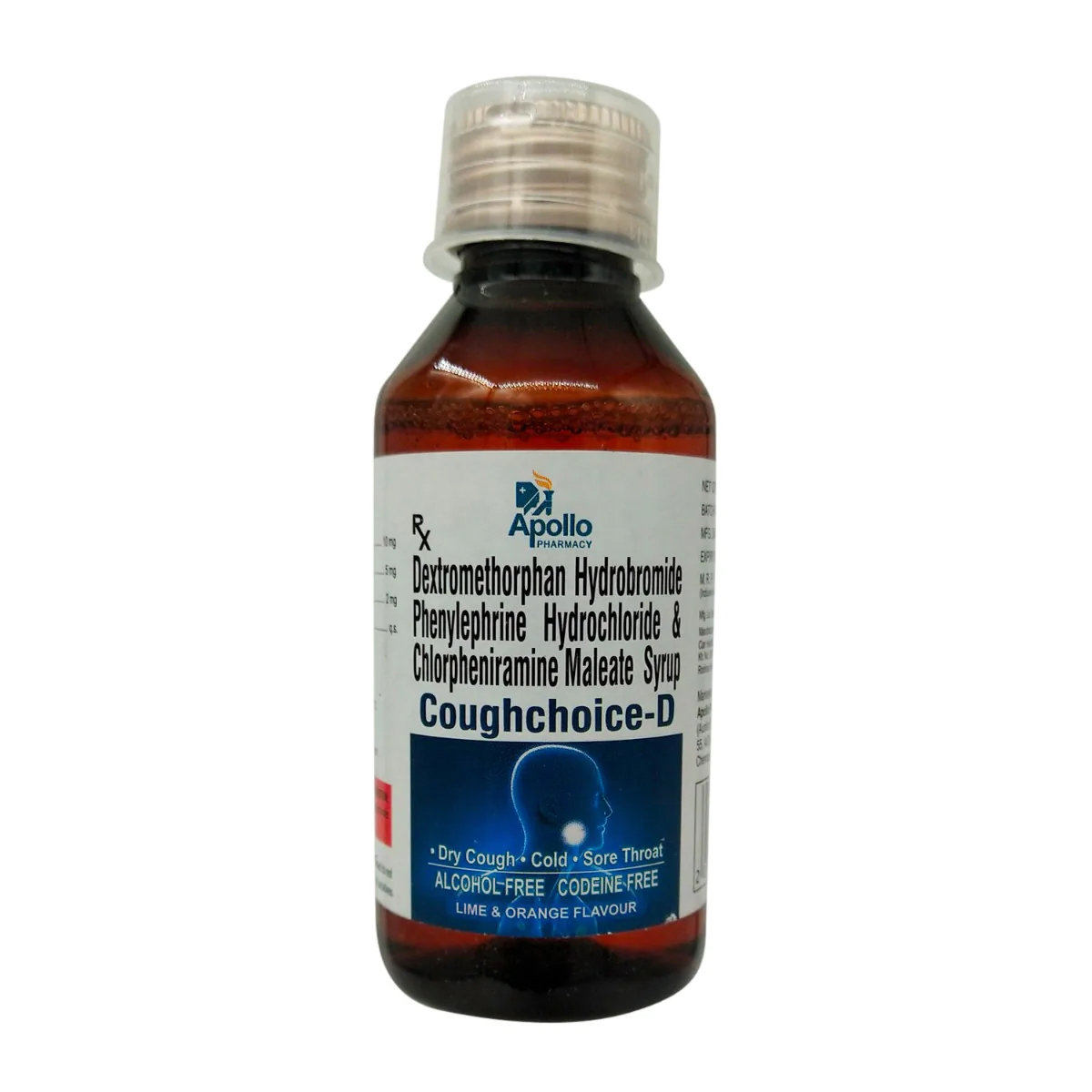
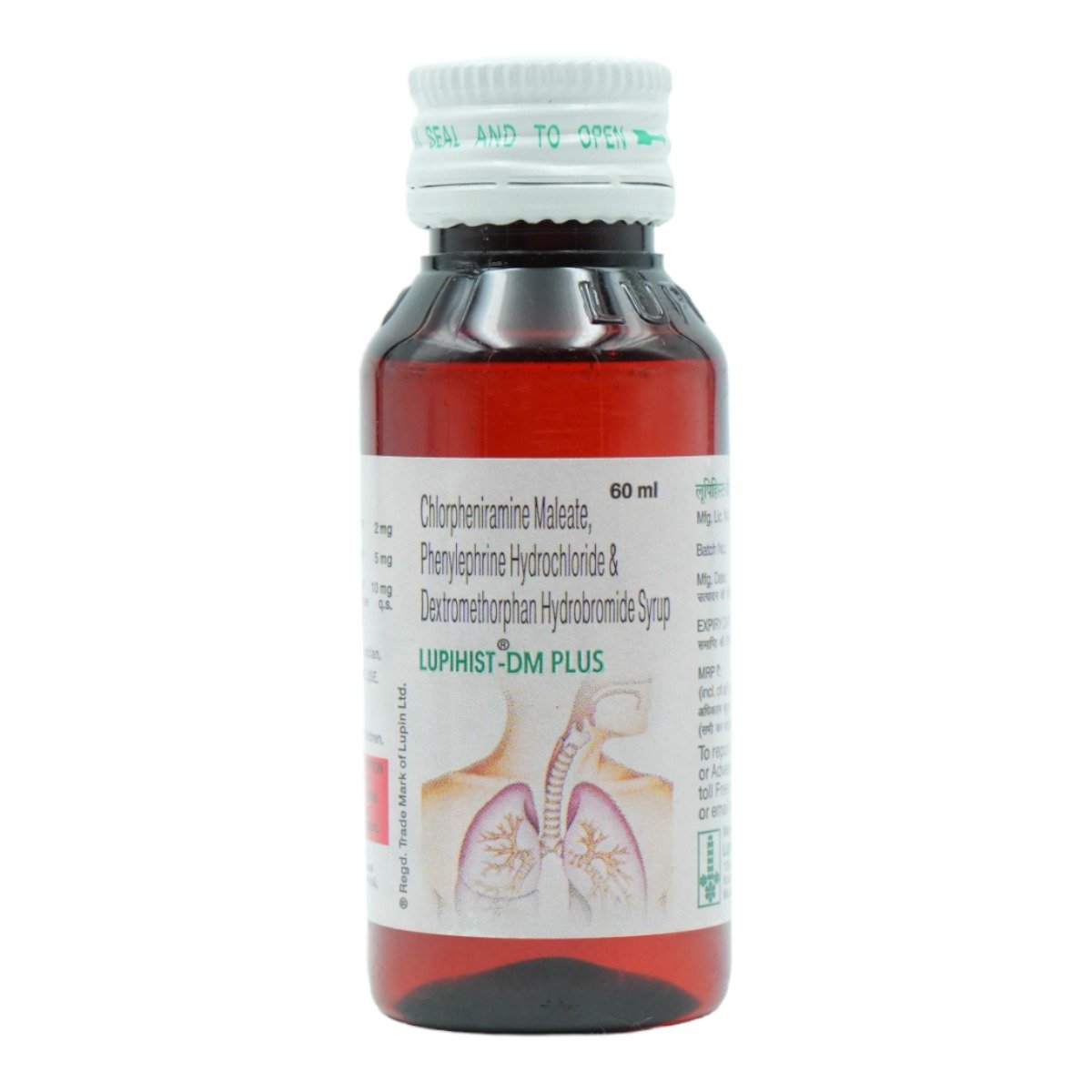
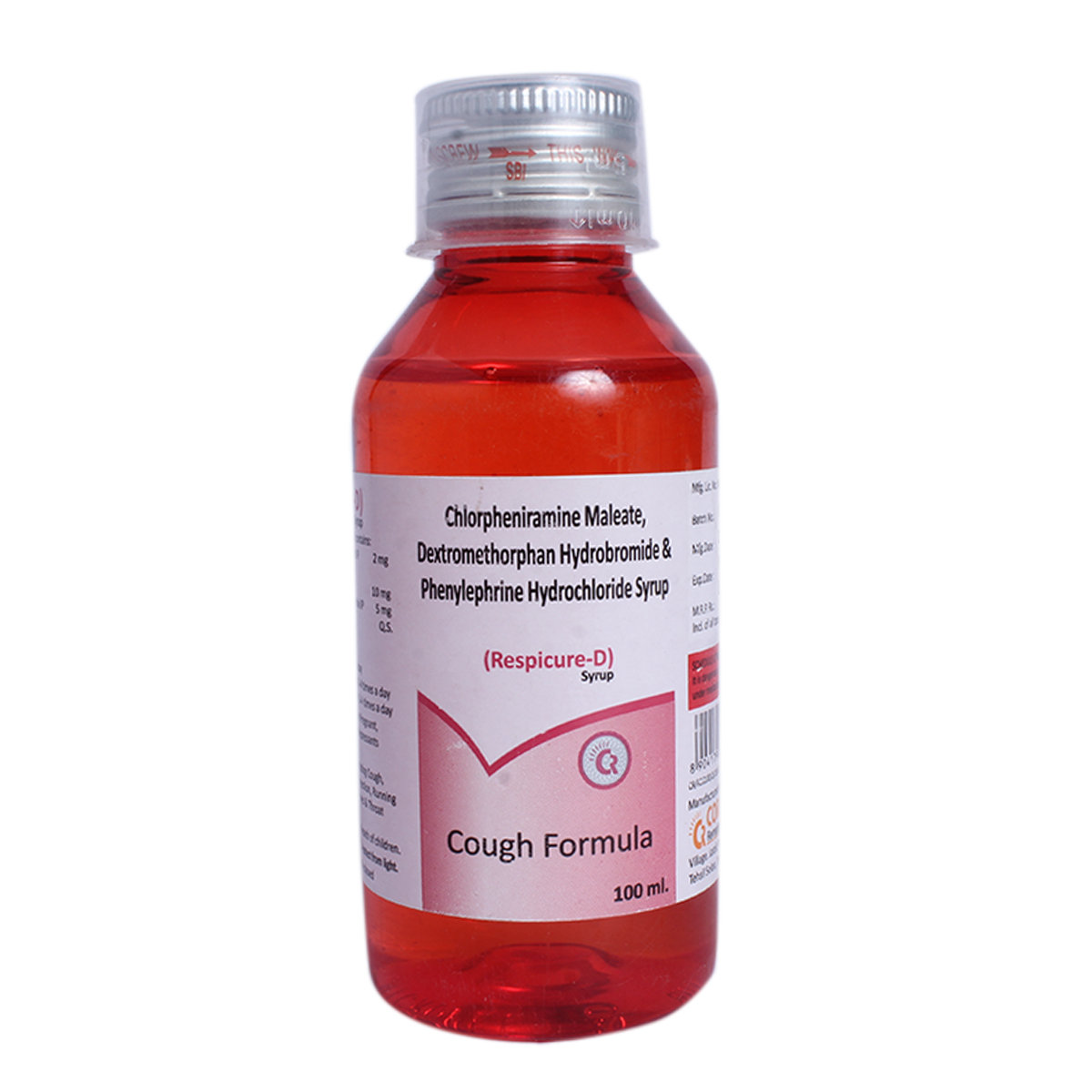
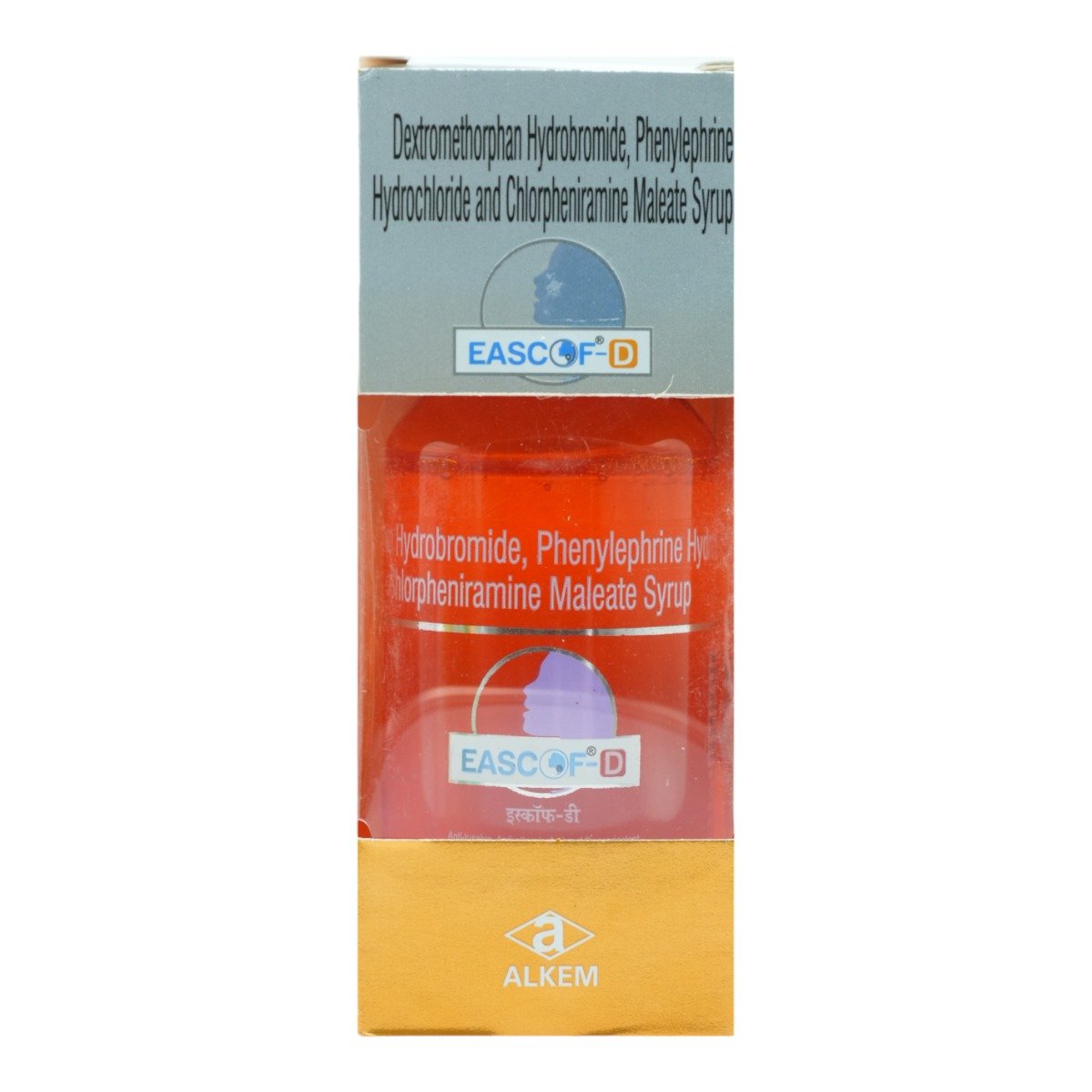
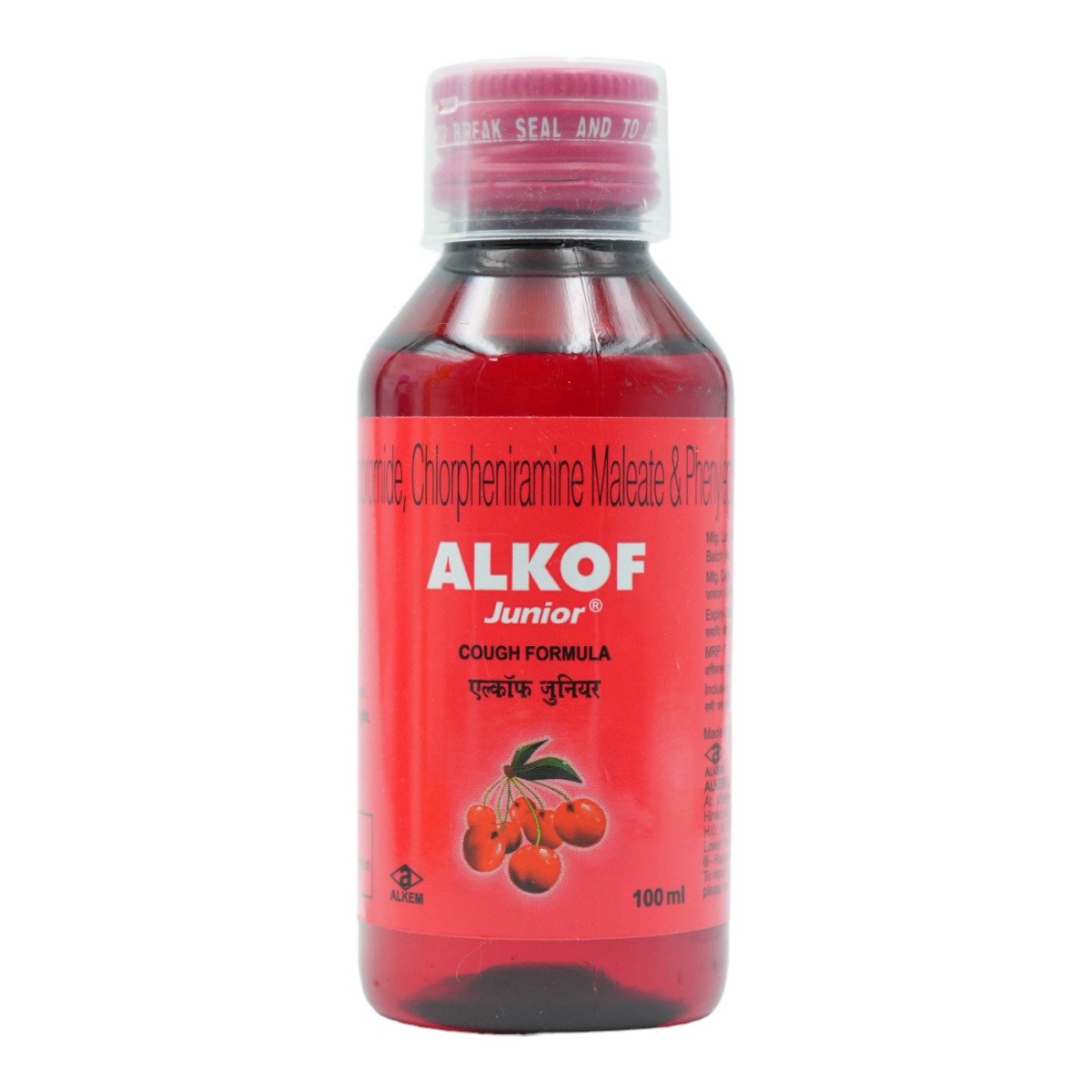
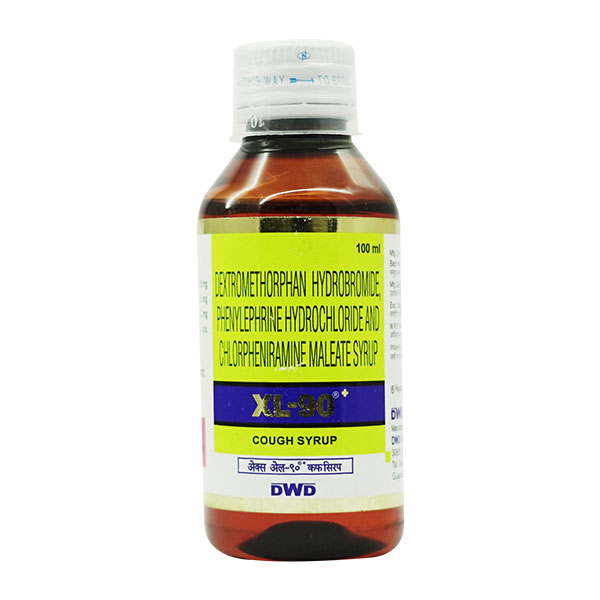
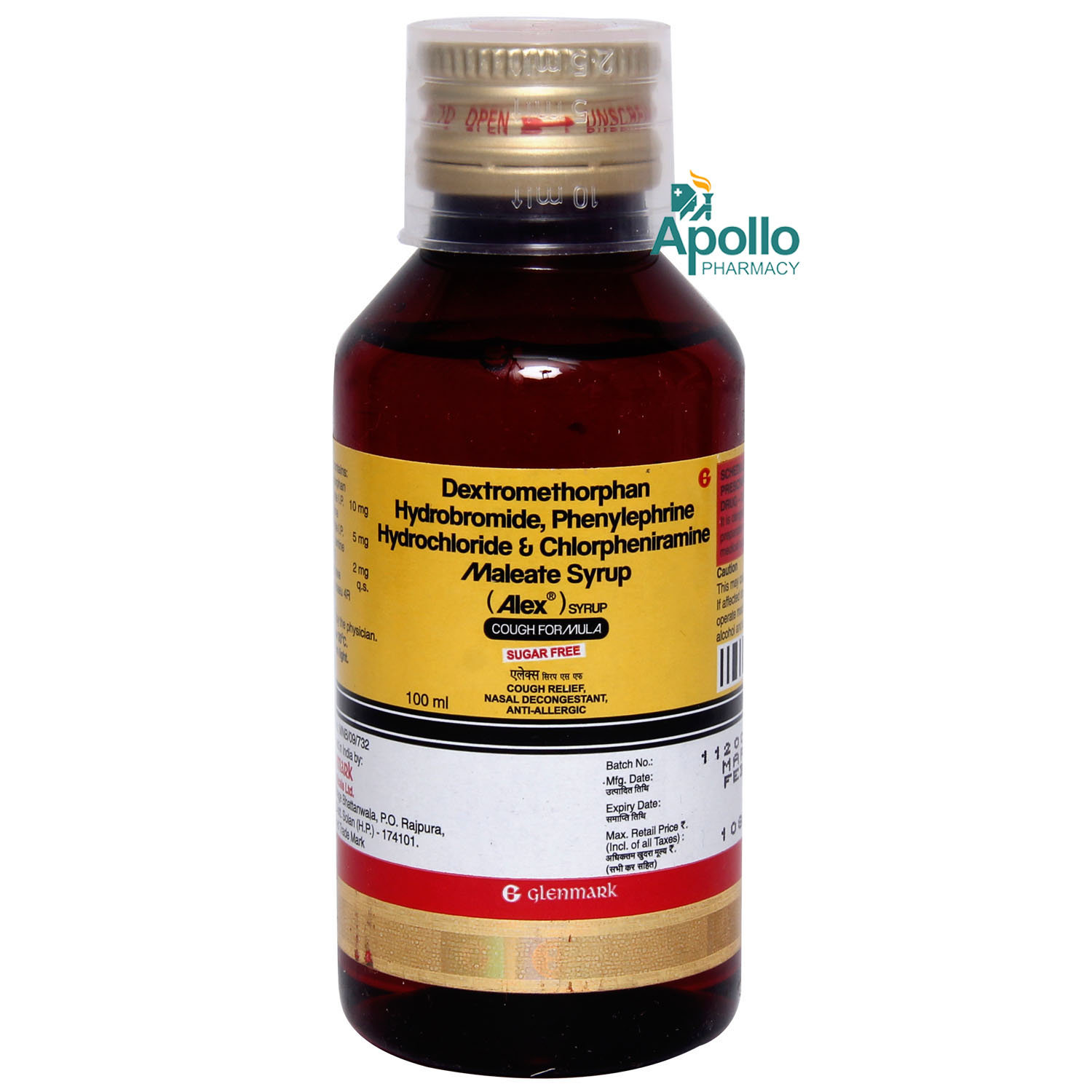


_0.jpg?tr=q-85)
